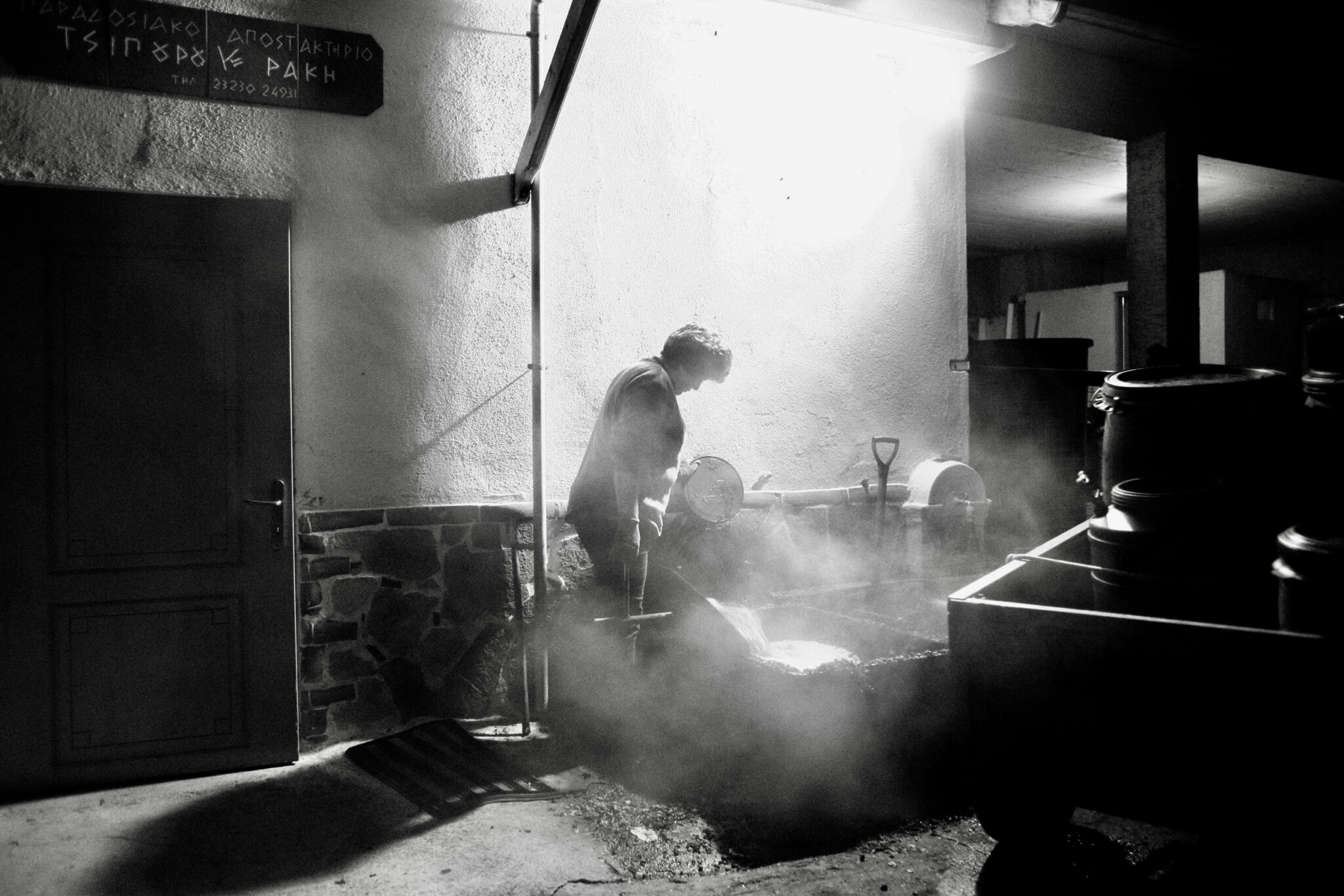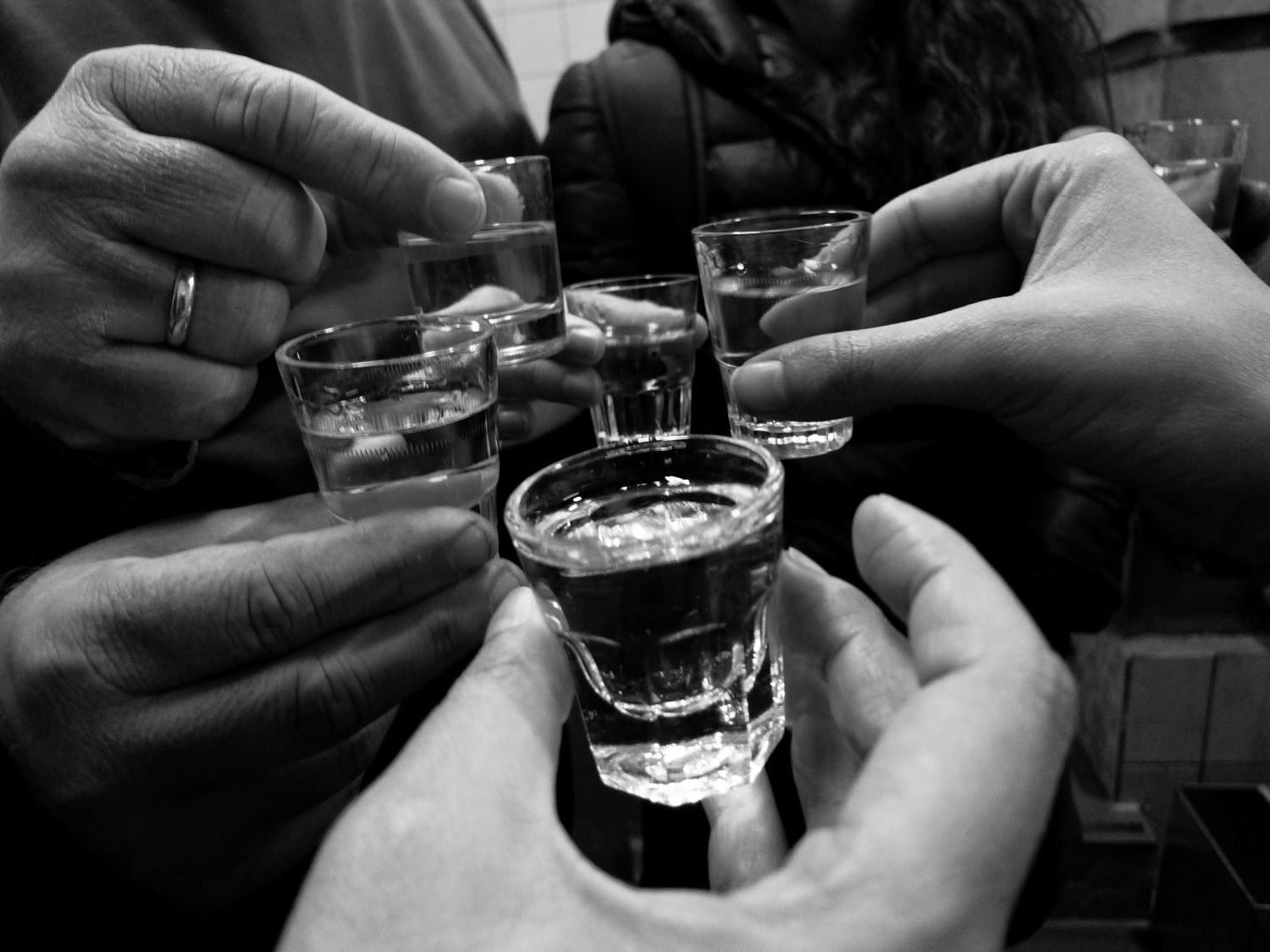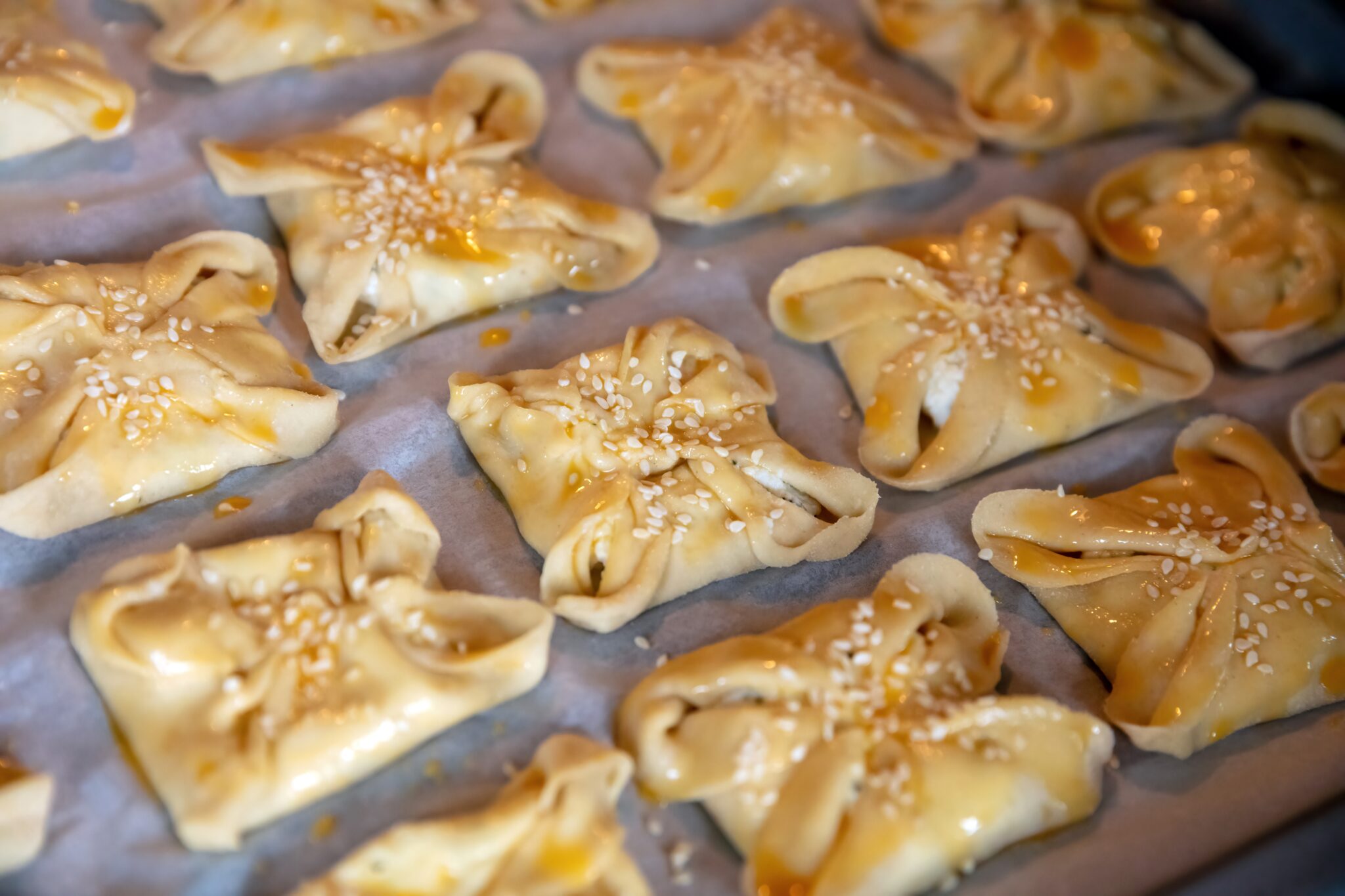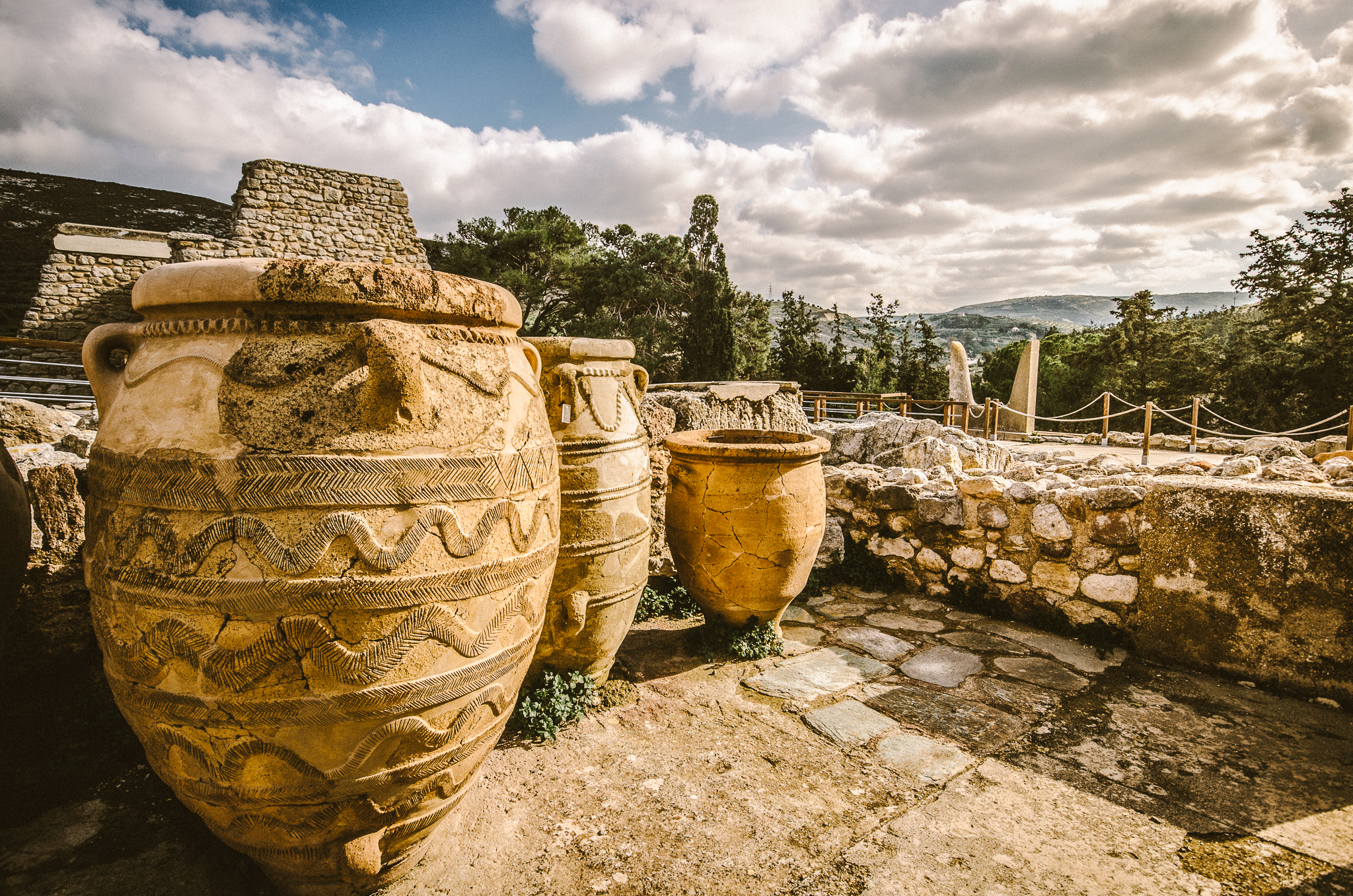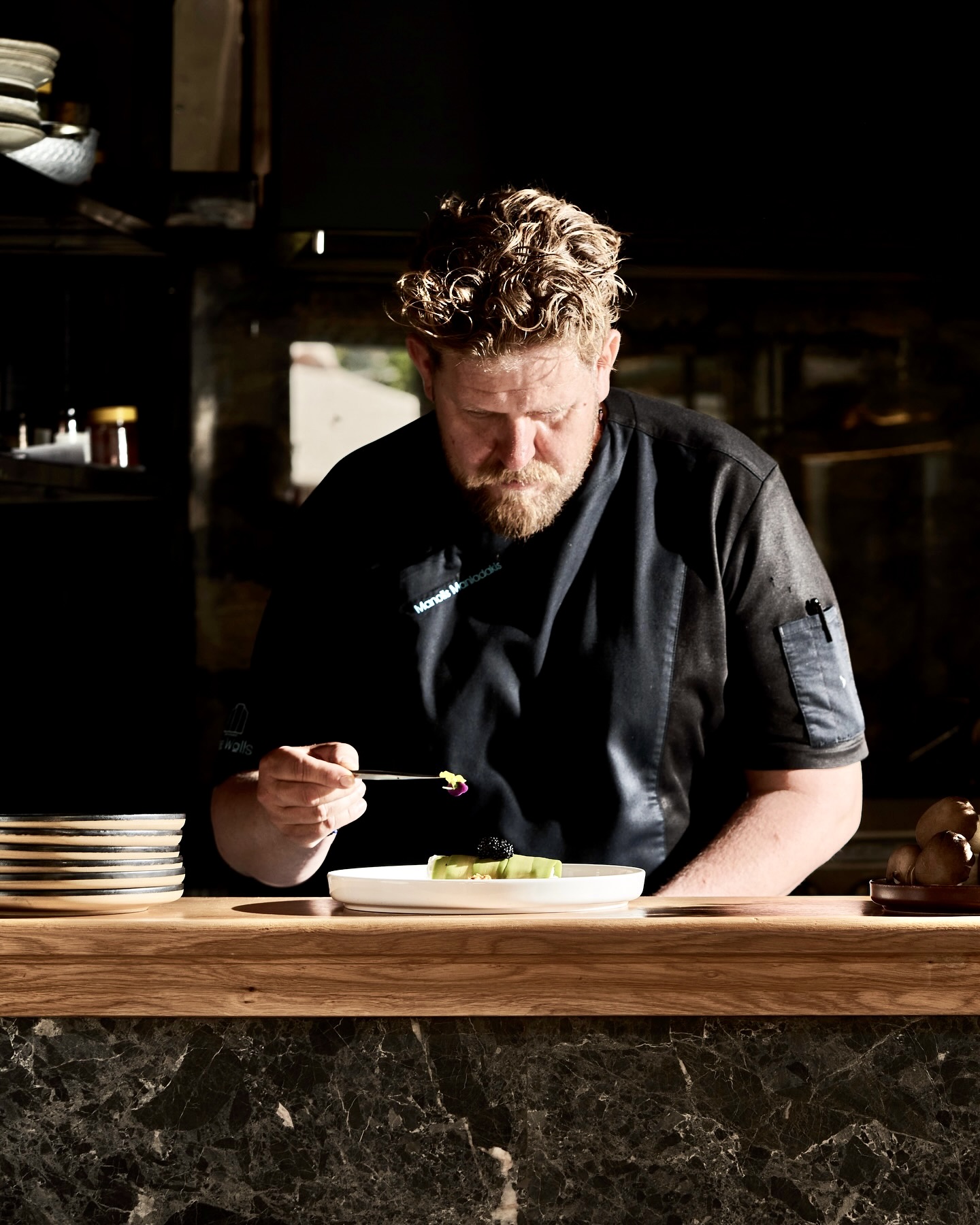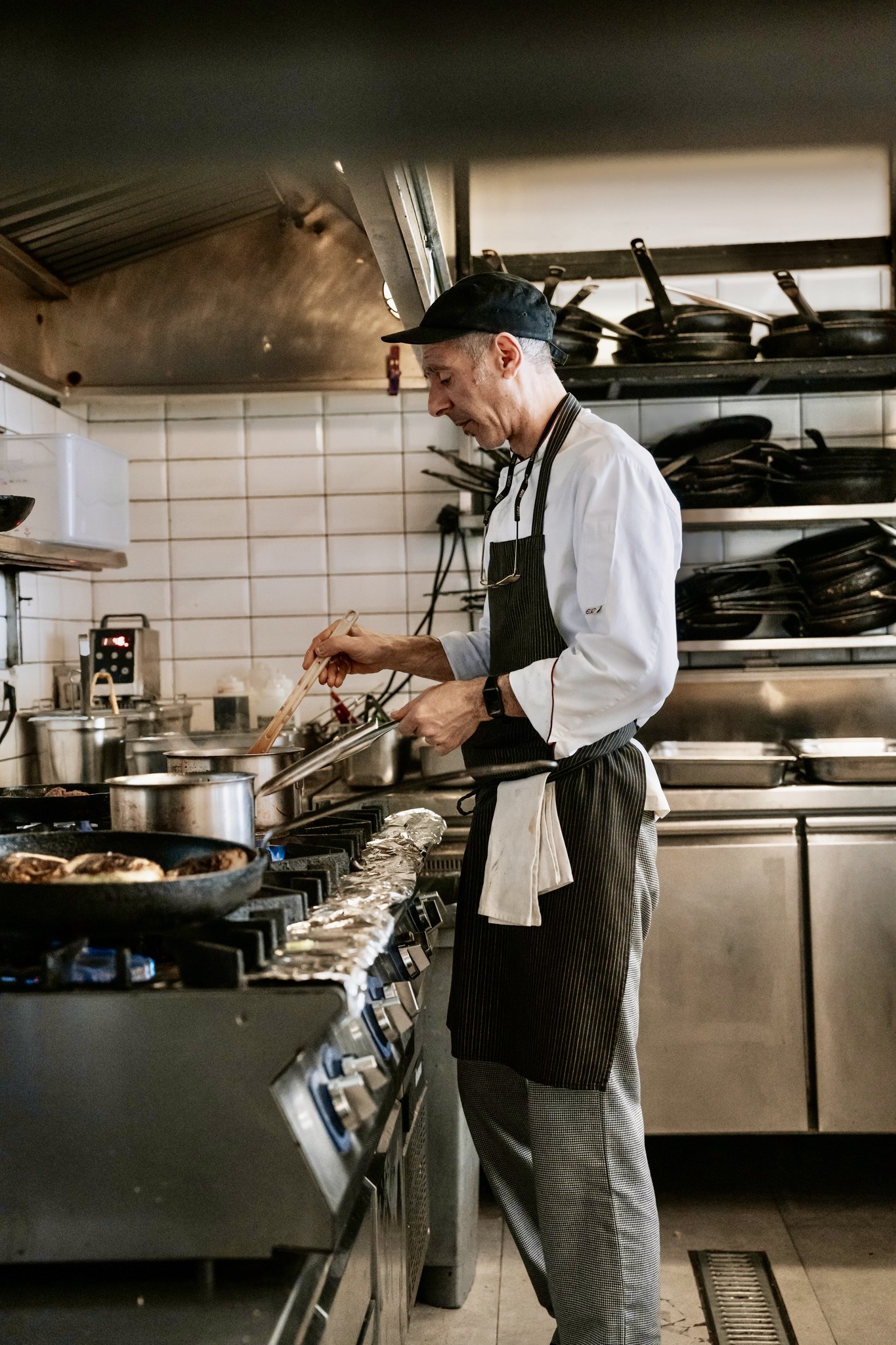Each autumn in Crete, when the grape harvest ends and the vineyards quiet down, another season begins. In villages from Chania to Lasithi, fires are lit under copper stills, and the island fills with the scent of fermenting grape skins and wood smoke.
This is the time of tsikoudia – the spirit more commonly known as raki – when winemaking’s humble leftovers are transformed into a drink that embodies the Cretan way of life.
Raki is recognized by the European Union with a protected geographical indication, ensuring that only tsikoudia made in Crete may bear the name. Unlike ouzo or Turkish rakı, it contains no anise; its clarity comes solely from the grape.
But what truly distinguishes it is its role in Cretan life. Each drop carries the weight of the island’s history – from the ingenuity of farmers who refused to waste a harvest to the social bonds that have kept the tradition alive. Around the kazani, the boundaries between work and festivity, labor and joy, have long dissolved. What remains is connection: to the land, to the season, and to one another.
A Taste that Defines the Island
Raki holds a major place at the core of Cretan hospitality. During its distillation, the first drops that emerge from the still, the protoraki, are said to hold special potency. Traditionally, they were used for medicinal or ritual purposes—to clean wounds, soothe sore throats, or even bless newborns. This early distillate is fiery and pure, a symbol of renewal after the grape harvest. Over time, the ritual of sharing that first taste has become a mark of trust among friends and family.
Although it is a deeply local product, tsikoudia has found new life in contemporary Cretan gastronomy. It now appears in high-end restaurants as a base for inventive cocktails and as an accompaniment to traditional desserts like loukoumades or kalitsounia. In rural tavernas, it’s still served from unlabeled bottles, often produced by the owner’s relatives, maintaining the link between table, vineyard, and village. However it is presented, tsikoudia remains unmistakably Crete’s own—an agricultural art form distilled into clarity and spirit.
The Festival Season
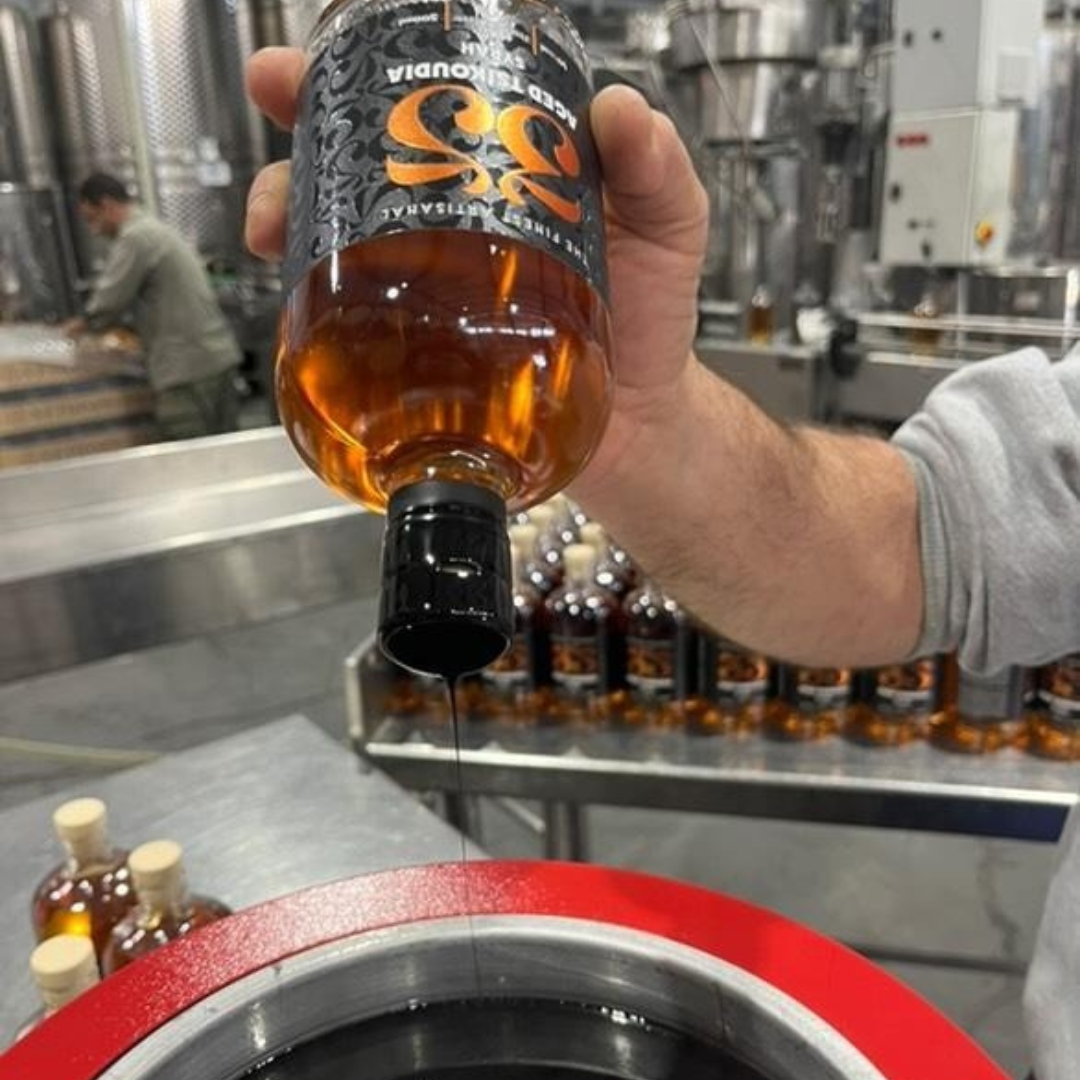
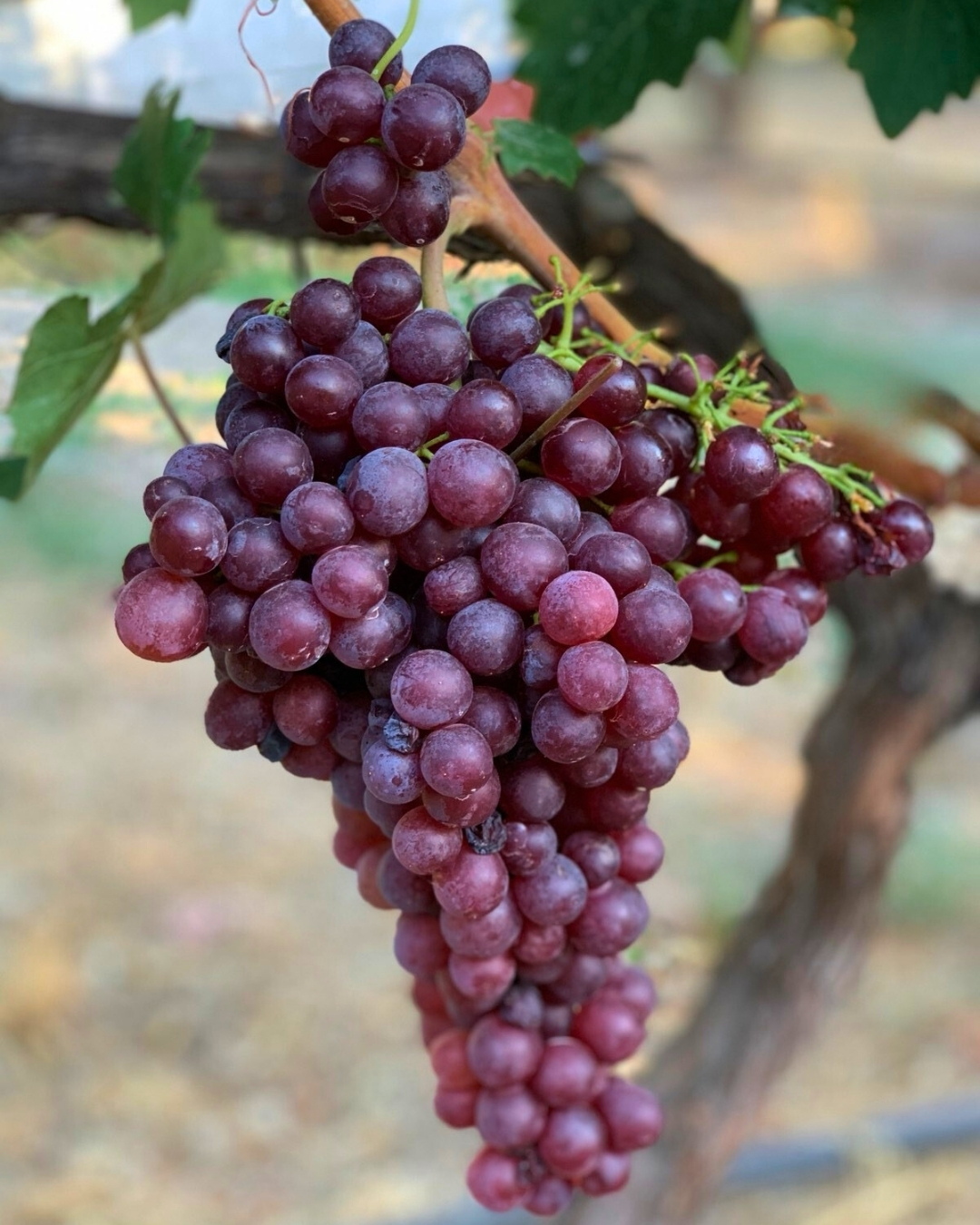
From early October to December, Crete enters its most festive communal period: The raki distillation season. This time becomes a social calendar in itself, with both organized festivals and informal kazania gatherings taking place across the island.
A History that Spans Centuries
The historical thread of tsikoudia on Crete stretches from subsistence agriculture to ritual. From the vineyards of the Minoan era to the licensed stills of the early twentieth century, the art of distilling grape pomace (known locally as strafyla) has remained constant in form if not always in scale. Distillation methods arrived in Crete during the Venetian and Ottoman periods; what began as a resourceful way for rural households to recover value from the winemaking residue evolved into a cultural marker of identity.
In the 1920s, the Greek premier Eleftherios Venizelos—himself a Cretan––introduced legislation granting farmers official permits to distill at home, thereby legitimizing what had been a semi-informal practice. Even today many villages maintain one or two licensed stills, and the cauldrons used for traditional runs sit alongside modern craft distilleries.
The Making of Raki

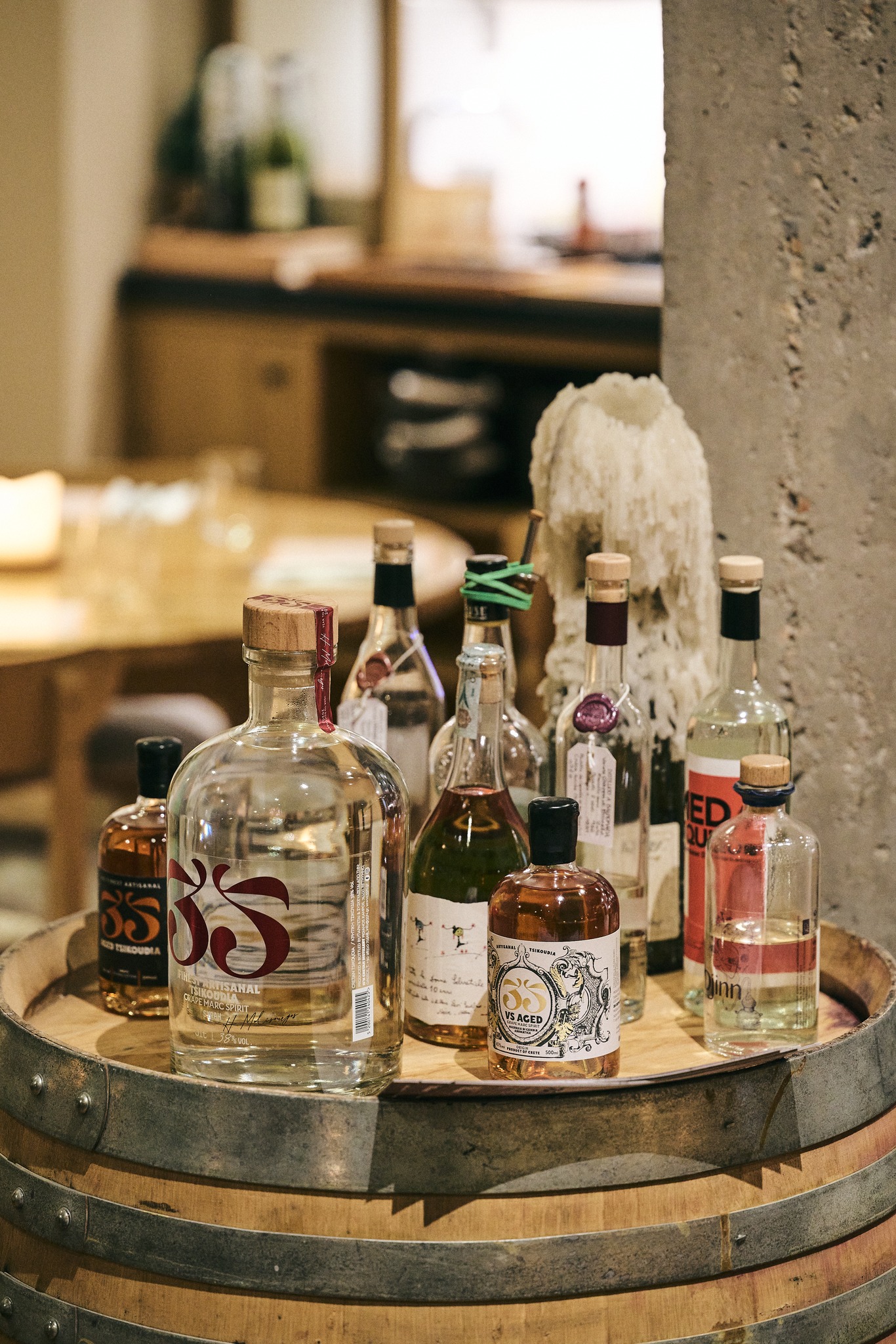
The traditions surrounding tsikoudia extend beyond production into the very calendar of Crete’s rural life. In autumn the mountains fill not only with the glow of fires beneath copper stills but also with laughter, music and food.
The term rakokazana (or kazananema) denotes the celebratory night when a village’s still is lit for the first time that season, and villagers bring home-cooked dishes, roast meat, and local wine to accompany the new spirit.
Smoke rising from households signals a gathering in progress; visitors driving through the hinterland can often identify these events by the dancing flame and the steady stream of locals holding small shot glasses. Festivals tied to raki-making, such as the annual Raki Festival in Chania (scheduled for October 11, 2025) or the Vlatos Kazani event in the Kissamos region, draw both locals and travellers to witness not only distillation but communal ritual. These feasts are not solely about drinking—they embody hospitality, belonging and shared labour.
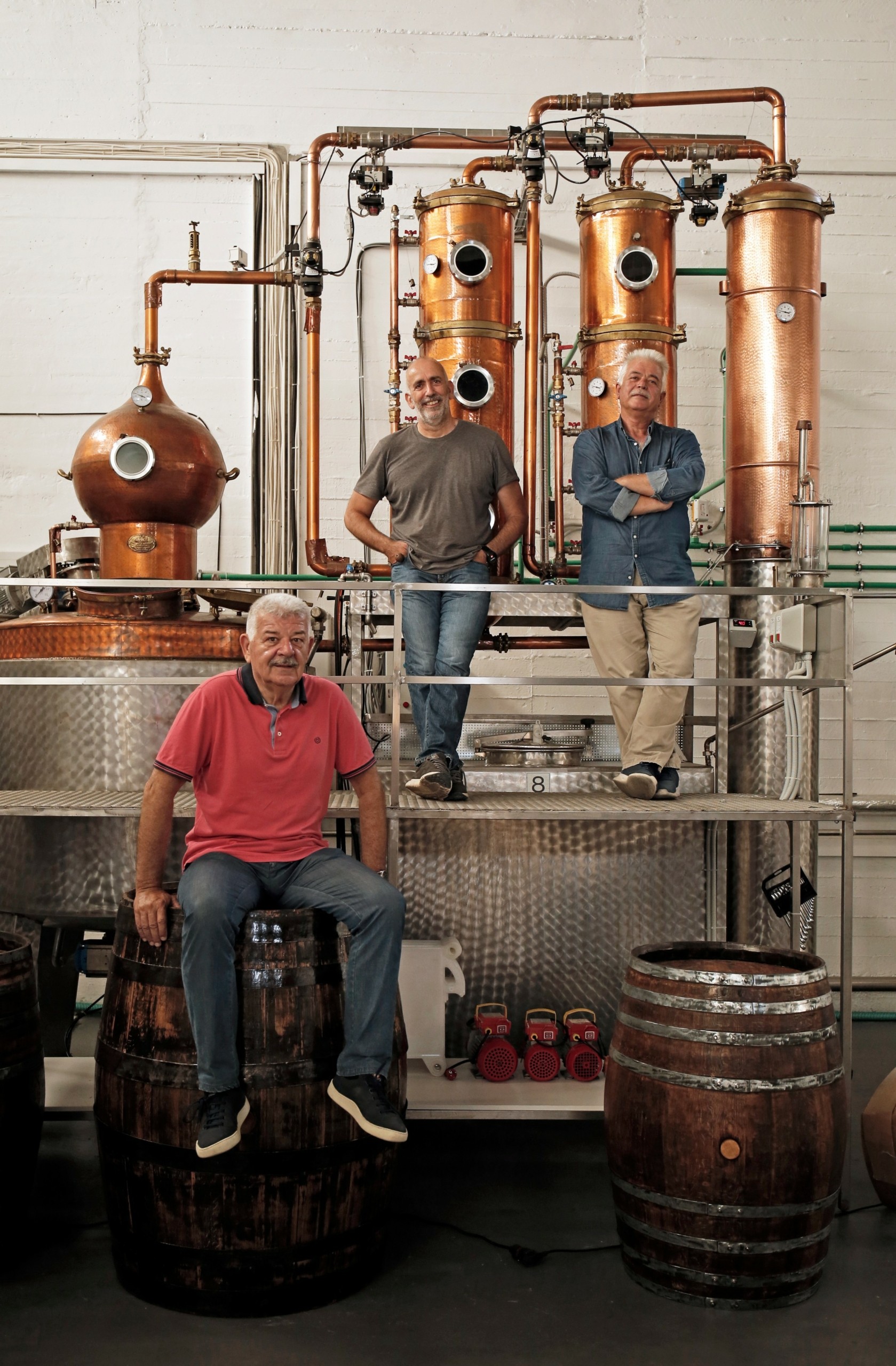
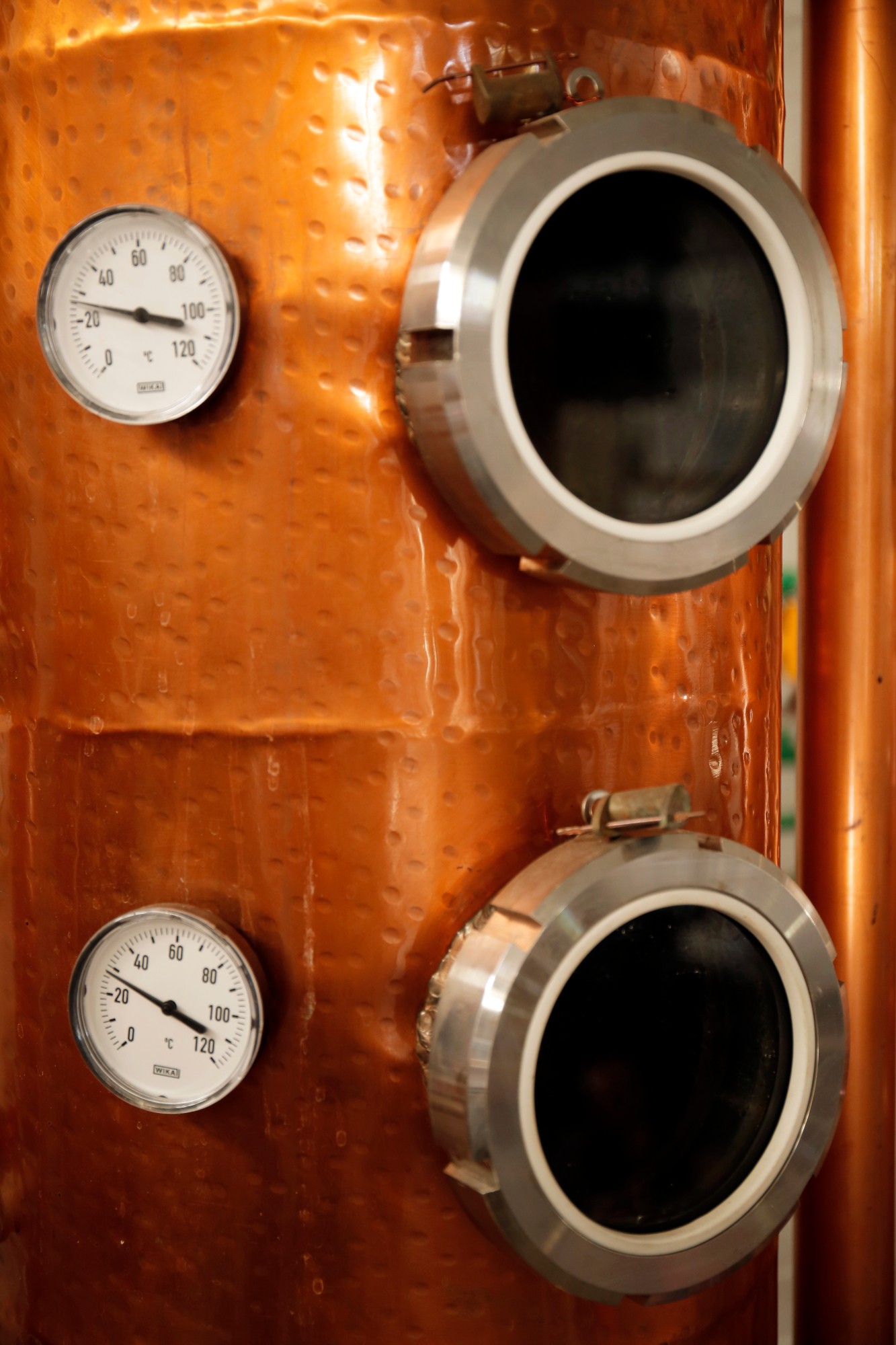
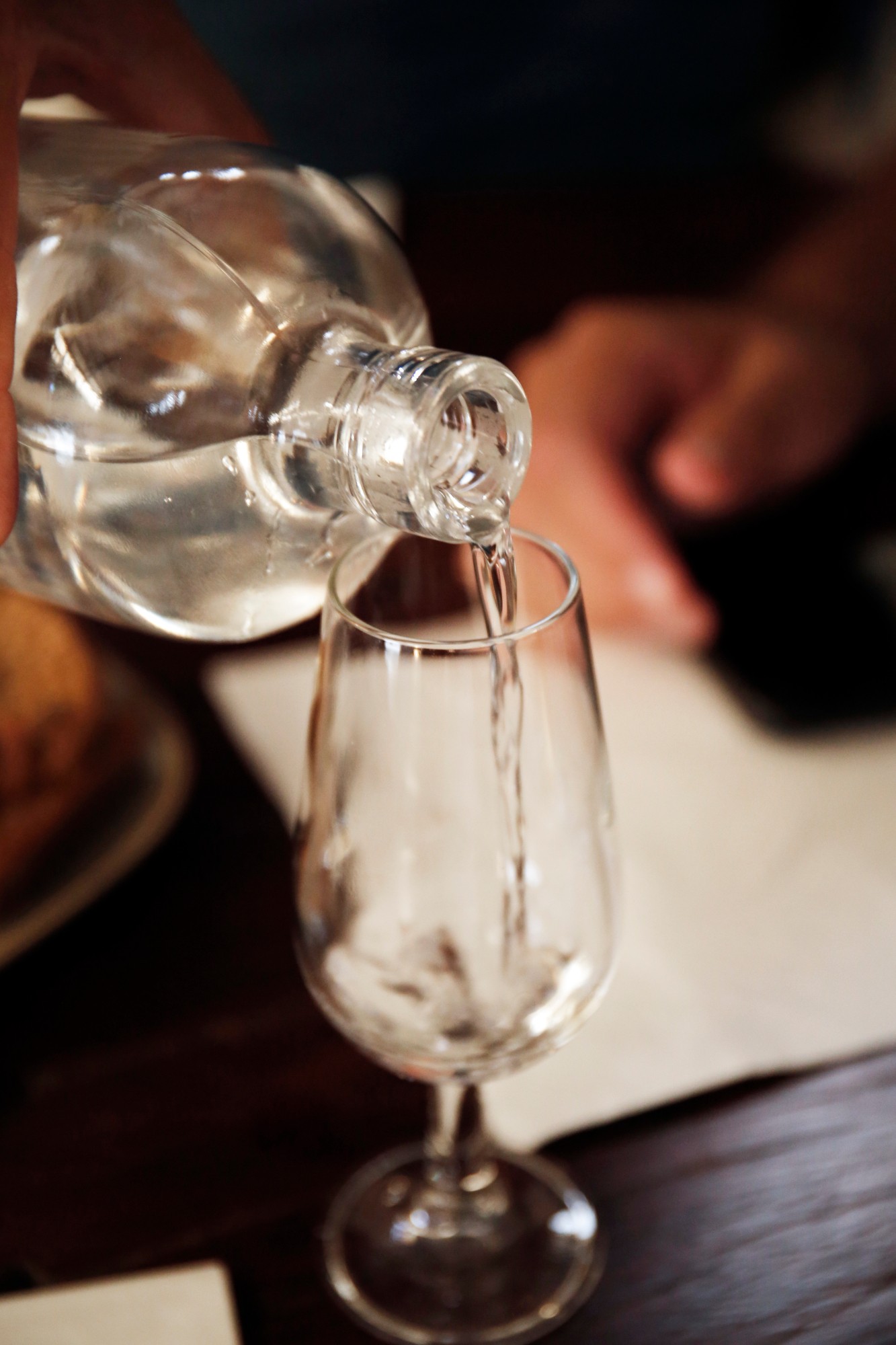

Production begins with the grape harvest in September. After the grapes are pressed for wine, the leftover skins, seeds, and stems—known as strafyla—are collected and stored in barrels or sealed containers. Over several weeks, natural fermentation takes place, as wild yeasts convert sugars into alcohol. When the mash is ready, it is poured into the kazani, the copper cauldron used for distillation.
The cauldron is sealed and heated over a wood fire. As the mixture warms, vapors rise through a long copper pipe, the loulas, which runs through cold water so that the steam condenses into liquid. Experienced distillers rely on instinct and scent to know when to stop the process. Around the still, friends and neighbors gather, bringing food, music, and conversation as the first raki of the season flows.
Tasting Spots and Experiences
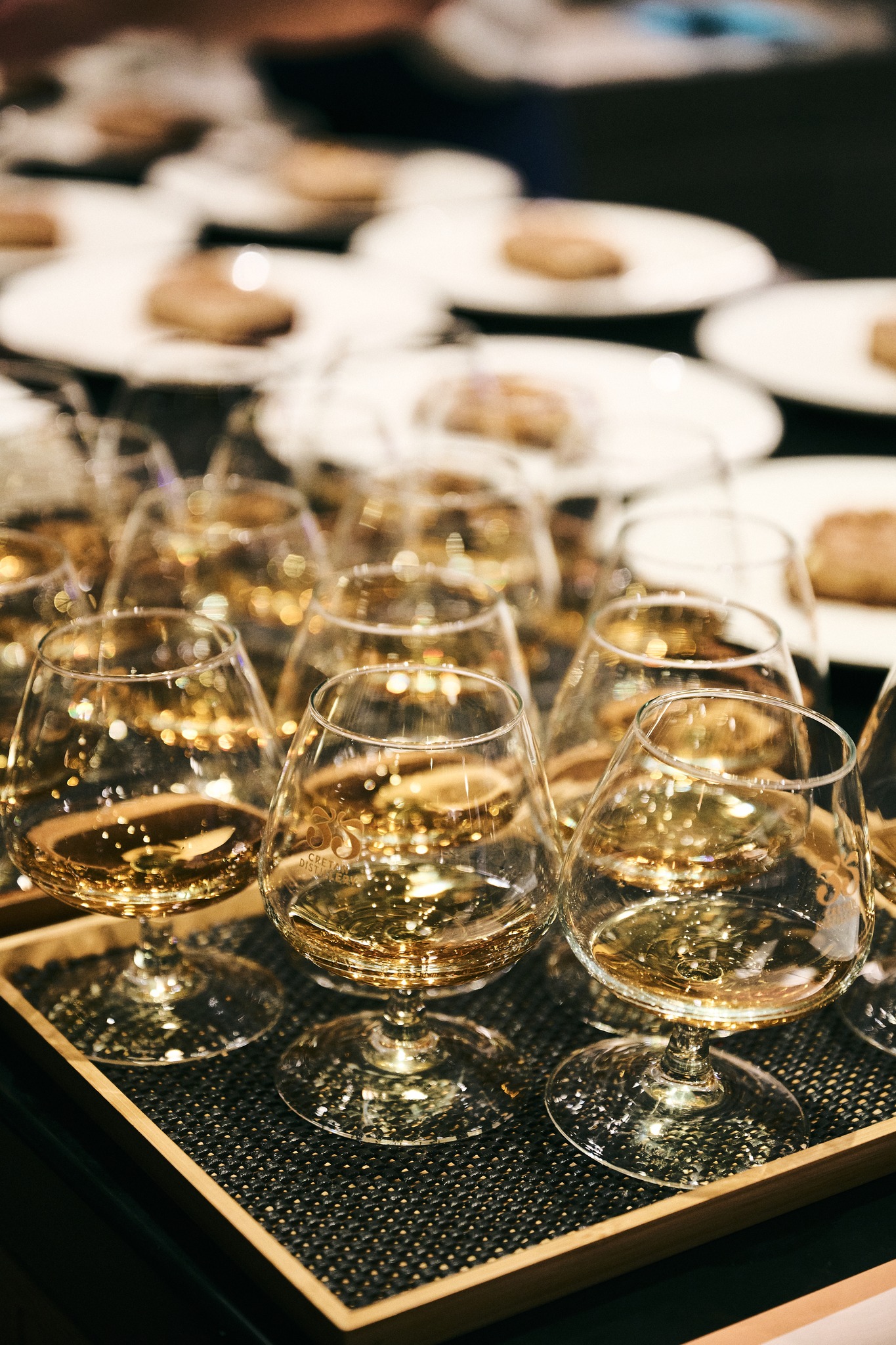
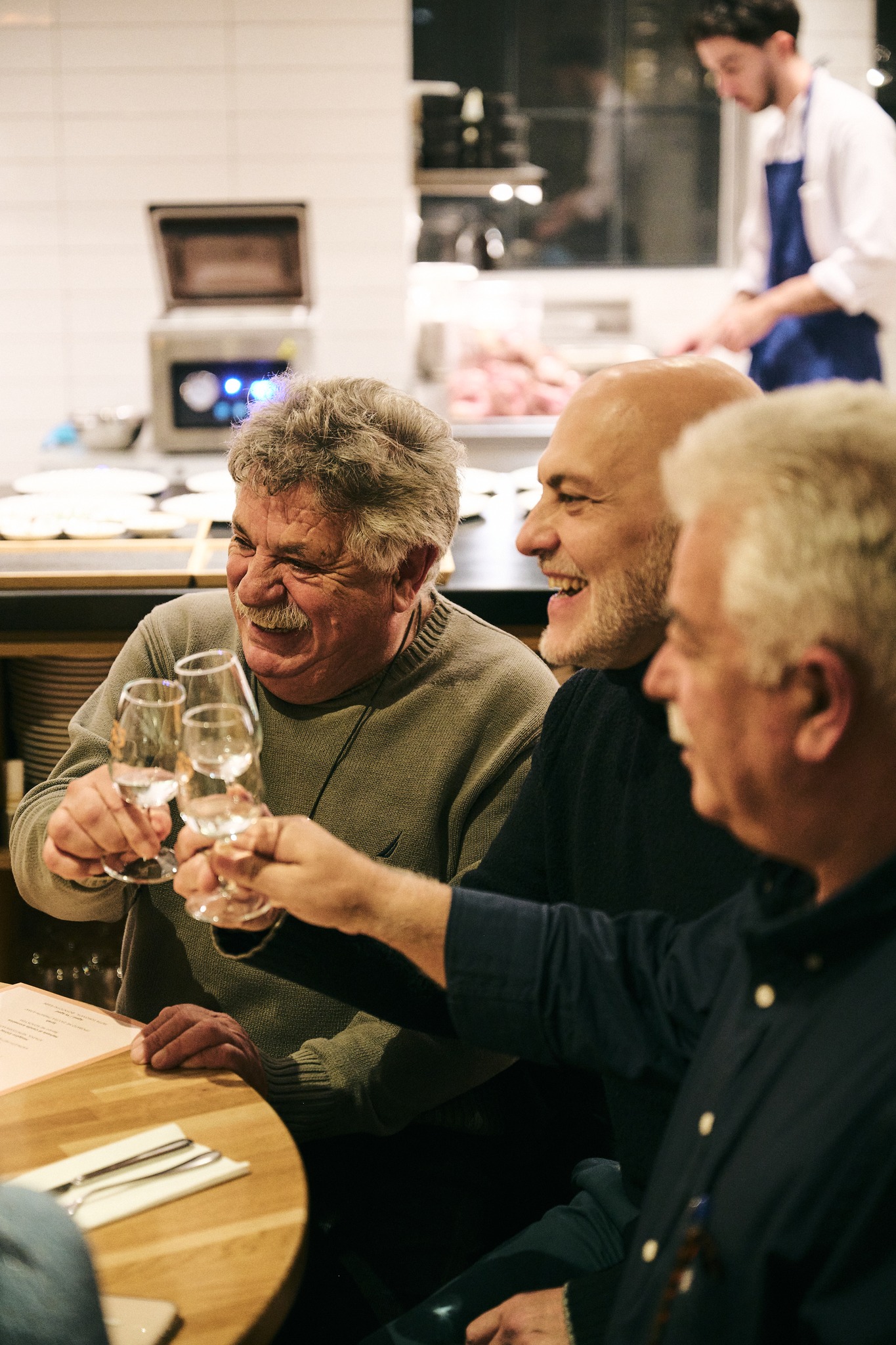
Travelers who wish to experience this living tradition firsthand can visit distilleries that open their doors to guests. In the Rethymno region, 35N Cretan Distillery showcases both traditional and modern methods. Their tsikoudia can be found and perfectly paired at Jerár in Athens.
In the village of Xirosterni, Peroulakis Distillery offers an introduction to winemaking and raki production in tandem, while family-run producers in the Heraklion area continue to distill tsikoudia in small quantities using inherited techniques.
Photography by Nikos Kokkas



